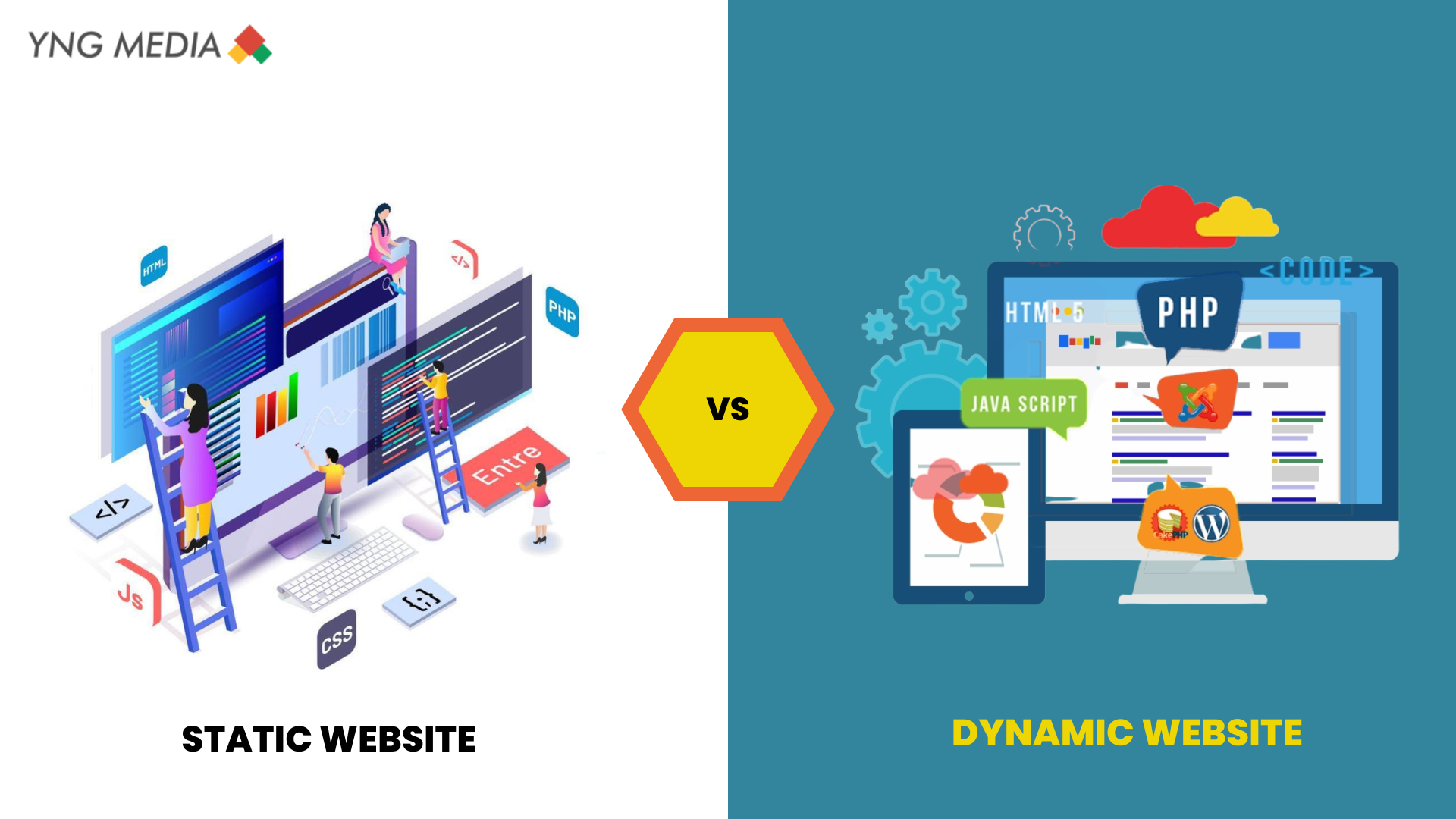

The type of website that best meets your needs, particularly its functionality, can affect how you decide to build one. Most websites fall into one of two categories: static or dynamic, with a rising number of websites being classified as hybrids, meaning they contain both static and dynamic web pages.
Static and dynamic refer to how websites supply and show material while discussing building websites. Every user sees the same content on every page of a static website with consistent content. On the other hand, a dynamic website pulls content as needed, allowing it to alter as the user does.
We’re going to explain the static vs dynamic dispute in this article. During this process, we’ll review crucial elements to consider when determining how to create a website from scratch that is ideal for you.
Difference Between Static and Dynamic Website , A static website: what is it?
HTML, CSS, and Javascript-made webpages make up a static website (all examples of web development languages). Each static website page is kept in a single HTML file, which is transferred directly from the server to the complete webpage. This material effectively merges with your page’s design and cannot be changed until the original HTML file is modified at the source code level.
A static website can be manually updated, only page by page and HTML file by HTML. For instance, changes to a homepage’s HTML file will only be reflected on the homepage. This holds even for features like the footer that are consistent throughout the entire website. If you’re using a website builder, changes to static pages will be made automatically each time you use the website editor.
Every user gets and reads the same material on a static site, which is one of its most distinguishing features. Static websites are ideal for smaller websites that don’t need frequent updates or adjustments.
Advantages of Static Websites
Negative aspects of static websites
A dynamic website: what is it?
Dynamic websites may provide and display material dynamically, or on-the-fly, based on user behaviour or user-generated content since they are built using server-side language and technology.
A backend Content Management System (CMS) or database connected to your website pages is where all your data and content are structured when you have a dynamic website. How and when this content is revealed on a page determines how it is organised and integrated into your site’s design.
Other website types that profit from being dynamic include blogs, eCommerce websites, online forums, membership websites, and event websites.
The drawbacks of dynamic websites
Creating a website with YNG Media
You can make building and modifying websites with a lot of material simpler with the best website development services from YNG Media. You can convert static pages into dynamic ones. Then, without changing the design, these may be managed and updated. As a result, you may develop a website that caters to user requirements and your content with the help of the best web development site in Delhi/NCR- YNG Media.